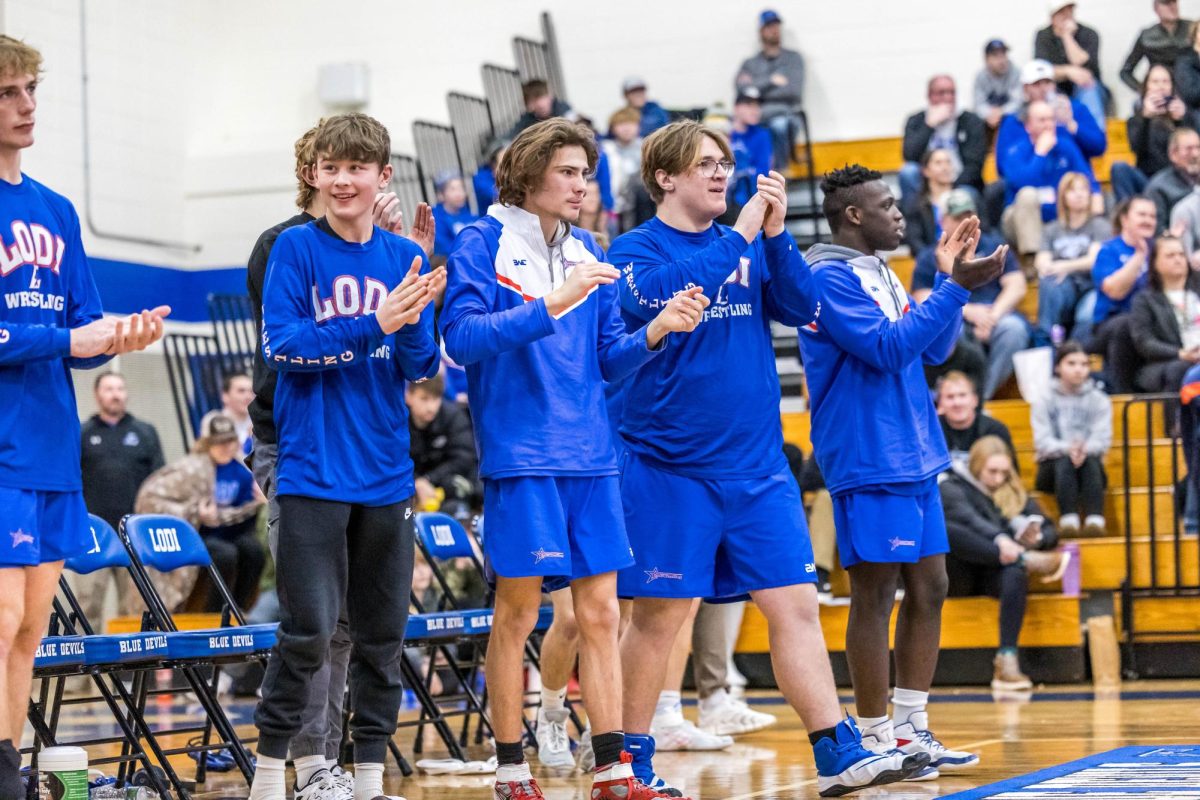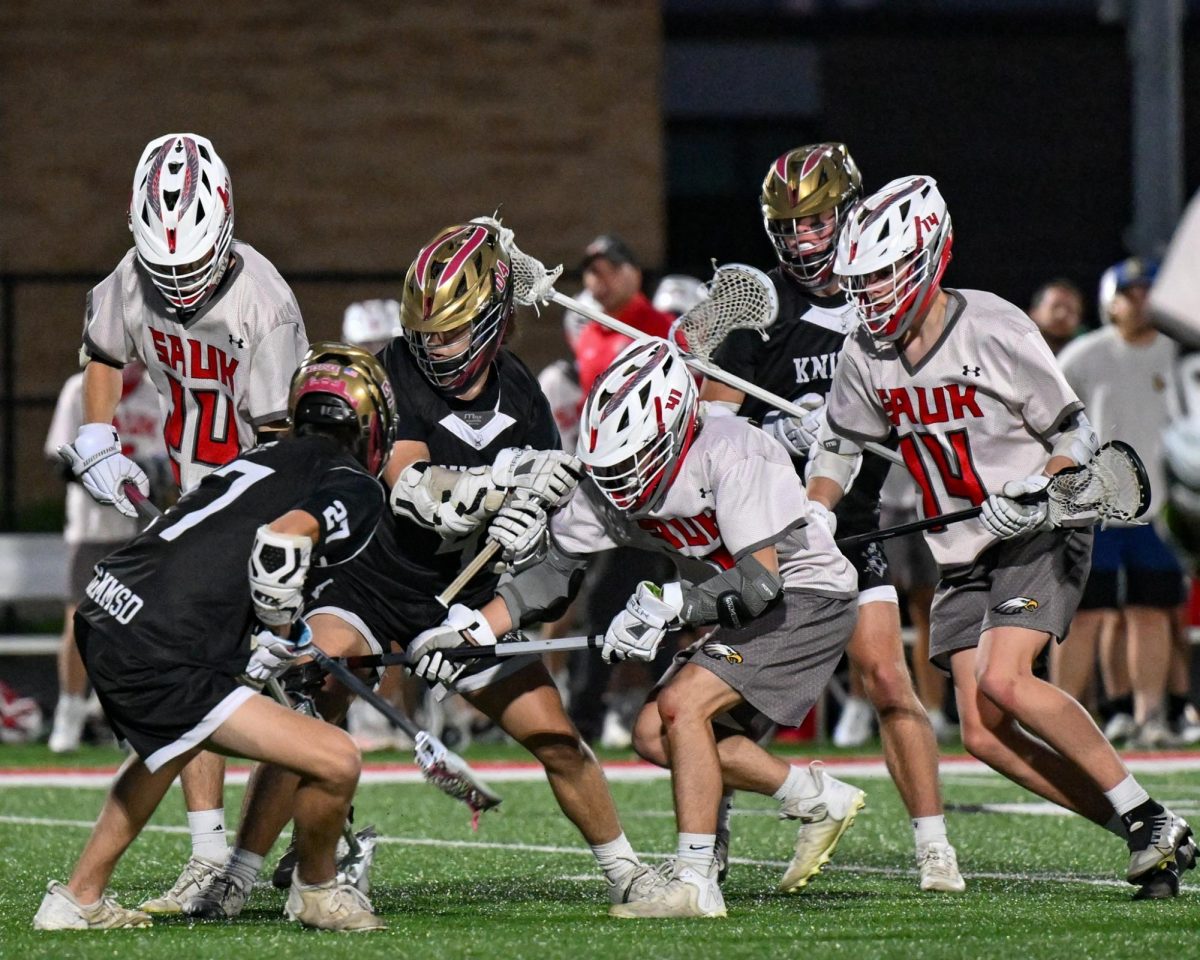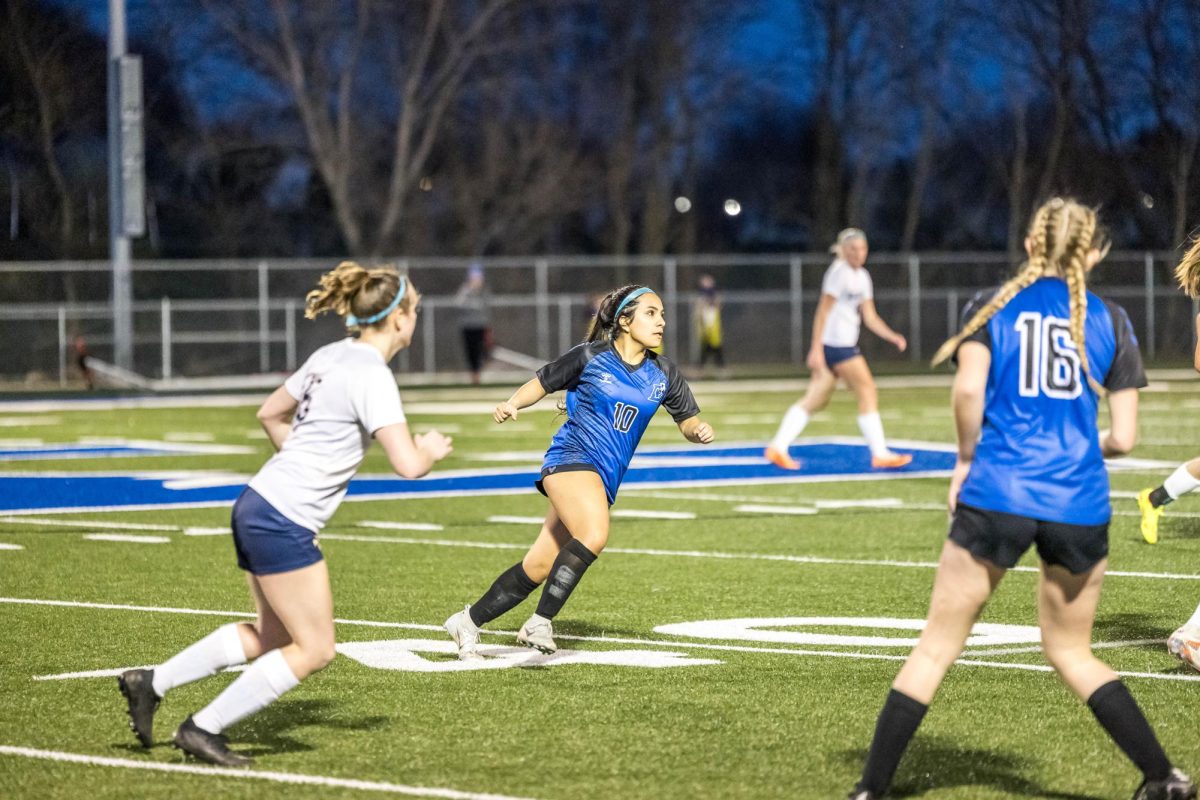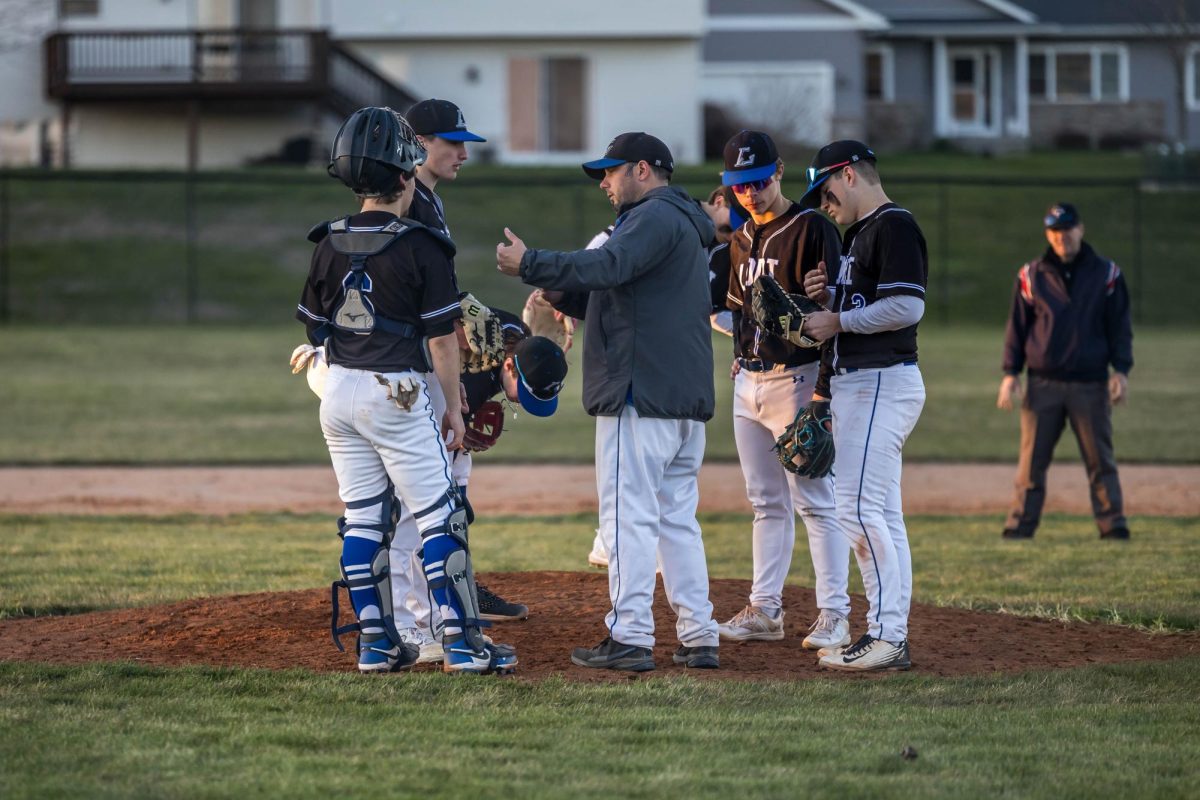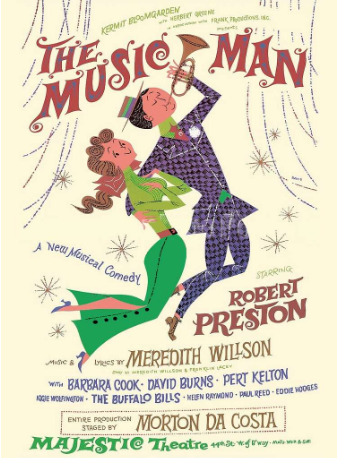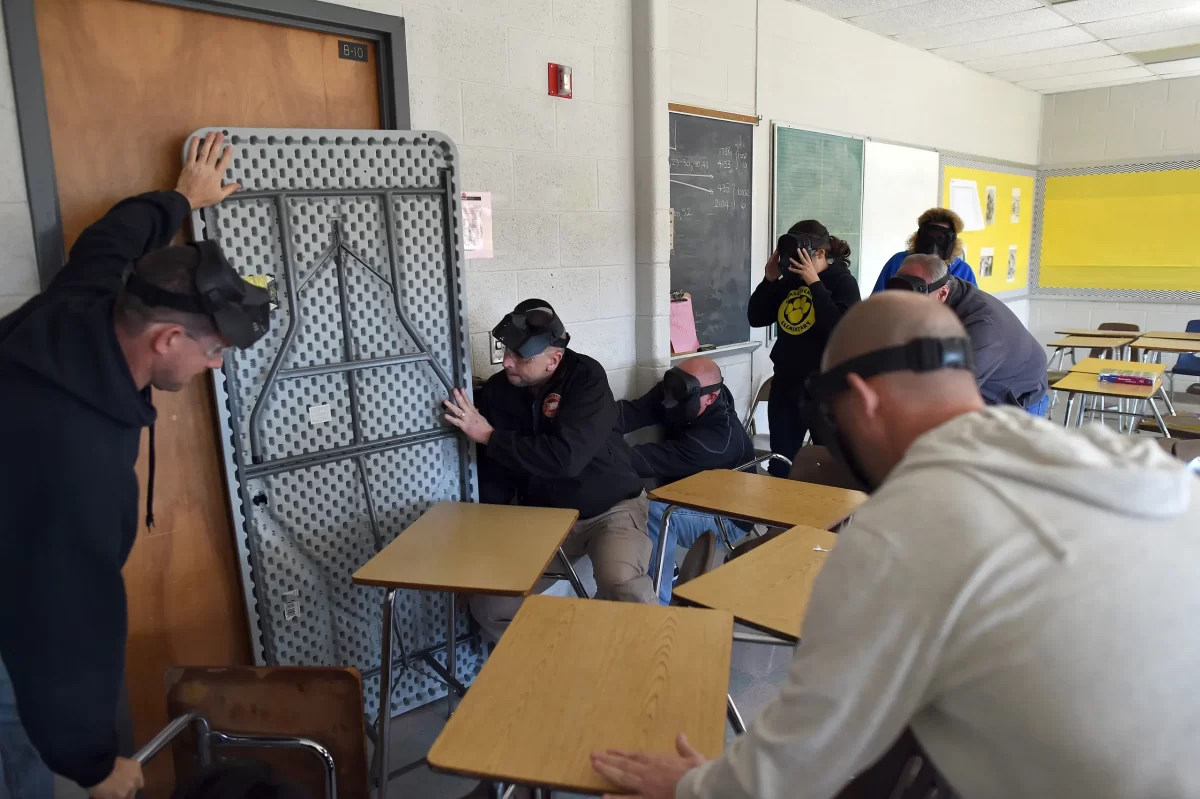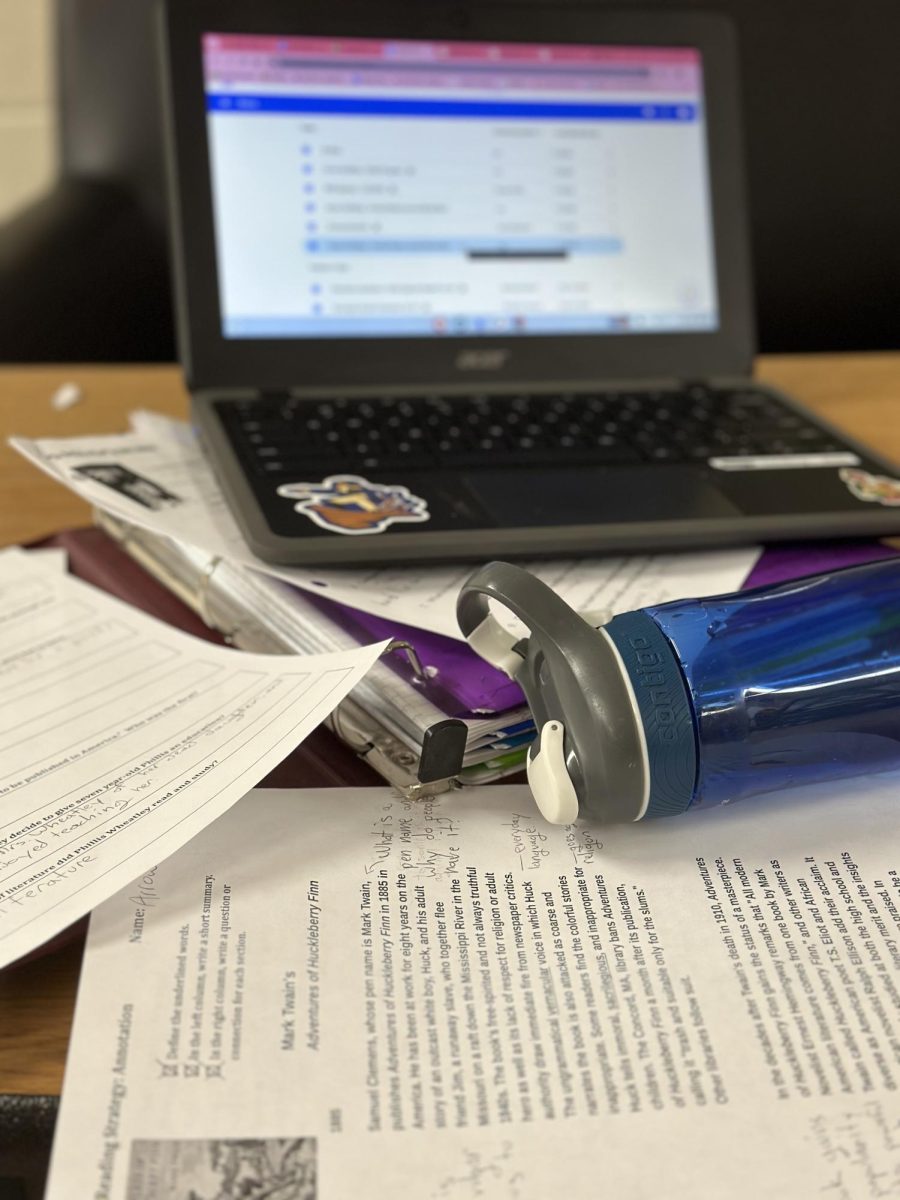Initiating ALICE protocol! As most of us know, ALICE training is an acronym for Alert, Lockdown, Inform, Counter, and Evacuate, which are all actions that are taken in the event of an intruder or active shooter in the building. ALICE is essential for students’ and staff’s safety. Here at Lodi High School, students and teachers are taught how to proactively handle a threat every year.
But what do the students really think about this? Senior Anna Stratton and junior Ava Ballweg both claimed that ALICE practice is quite repetitive and also can be difficult depending on a person’s psychological state.
“There is no need to continually go over the drill. It’s not like it ever changes,” said Ballweg.
“Every time we go over ALICE, I experience an anxiety attack!” said Stratton.
This is not unheard of. Studies have suggested that the practice is overactive and can potentially be dangerous because we are teaching kids who vary in the 9 to 18 age rank to try to attack someone who is armed.
The most popular question is why do we keep going over this drill? There’s only one person who can truly answer this, Joe Jelinek, who is the principal of Lodi High School. Jelinek responded with the pros and cons ALICE training might bring.
“ALICE teaches the staff and students the most appropriate response if an incident were to happen that challenged the safety of the students or staff,” said Jelinek. “Studies show that schools who participate in ALICE training have a higher survival rate.”
Jelinek also explained some of the cons ALICE training may bring.
“People have experienced an anxiety episode due to this drill. Most people who this has happened to have experienced a life-threatening situation, and this drill may just be their worst fear,” said Jelinek. “With younger kids, this gets in their heads.”
Dr. Stephen Brock is a member of the National Association of School Psychologists. He said, “Teaching such tactics may cause unnecessary anxiety and stress for students,especially young kids who are more easily traumatized.”
There are many positives and negatives this drill can bring. There are many tools students or staff can use to overcome anxiety attacks. One tool Dr. Brock suggested to people who have experienced a similar event is the 4 R’s: Realize, Recognize, Respond, and Resist re-traumatization.
Overall ALICE training is a critical thing for people’s safety even though it can feel extremely repetitive and may cause individuals to experience anxiety attacks.


















